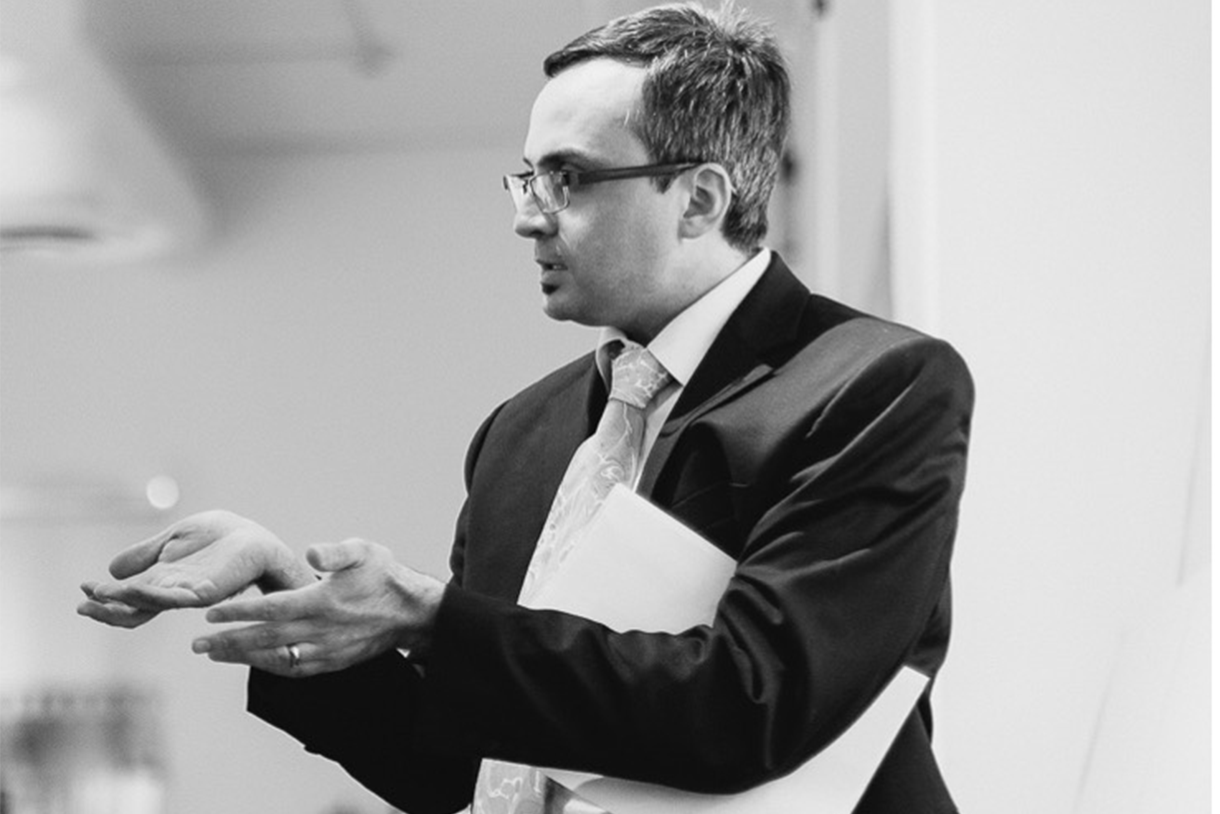Art History Assistant Professor Onur Öztürk on Architecture, Decolonization, and Our Intertwined World

For Assistant Professor Onur Öztürk, cultivating an interest in art, art history, and architecture grew naturally out of his surroundings in Amasya, a small town in Turkey. “We were surrounded by some fascinating ancient and medieval buildings,” Öztürk remembers. “But the real discovery of my passion for art history happened when I first started taking courses from some amazing professors [in college], particularly Dr. Suna Güven at the Middle East Technical University in Ankara.”
Öztürk continued to pursue his interest in the history of architecture, following up his M.Arch degree from Middle East Technical University with a PhD from the University of Texas at Austin. While a doctoral student at UT, he was approached by Dr. Kate Ezra, then of Columbia’s Art and Design department, who encouraged Öztürk to pursue teaching at Columbia. Now, after teaching part time and then as teaching-track faculty, Öztürk is currently serving the college as an Assistant Professor of Art History.
Amidst a wealth of popular courses, Öztürk teaches a new special topic Creative Communities course titled Rethinking Museums. Together with the support of Art and Art History Chair Duncan Mackenzie, Associate Dean and Associate Professor Robin Whatley, and Liberal Arts and Sciences Dean and Professor Steve Corey, Öztürk and his students work through some of the seminal questions of the field. “We address various questions including: How and why museums have been giving priority and authority to some forms of knowledge and objects over others? How can museums address the colonialist, patriarchal, orientalist, and racist origins of their practices and collections? How can museums represent missing or misinterpreted histories, stories, and traditions of indigenous and global cultures?” Öztürk notes.
Now in his third semester of teaching the course, Öztürk is still struck by the knowledge and awareness held by students at Columbia and their willingness to engage with topics that challenge the historical status quo. “This generation is pretty aware of how our stories of progress in this country are interconnected with practices of oppression, discrimination, and otherization…it has been such a pleasure to unpack such dense and layered issues with my students utilizing our museums as case studies,” he says. With colleagues at key Chicago museums, including the Museum of Contemporary Photography, engaging in restorative and justice-oriented professional practices, Öztürk is privileged to be able to direct students to several institutions using curatorial practices to engage with timely social issues.
“My number one goal, however, is to share my passion for art historical research with my students,” Öztürk says. “I want them to tap into their curiosity to discover intellectually stimulating experiences and recognize their potential to reimagine our institutions.”